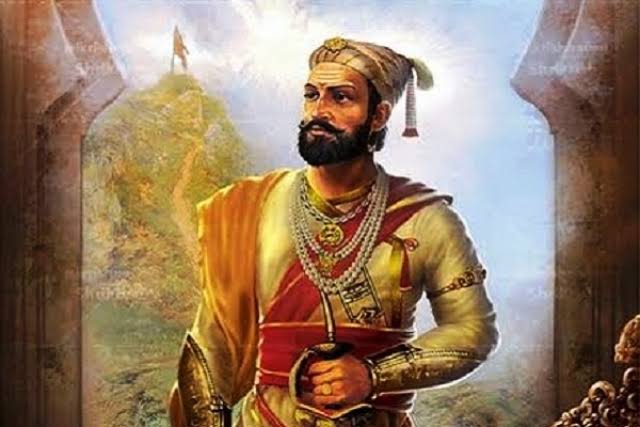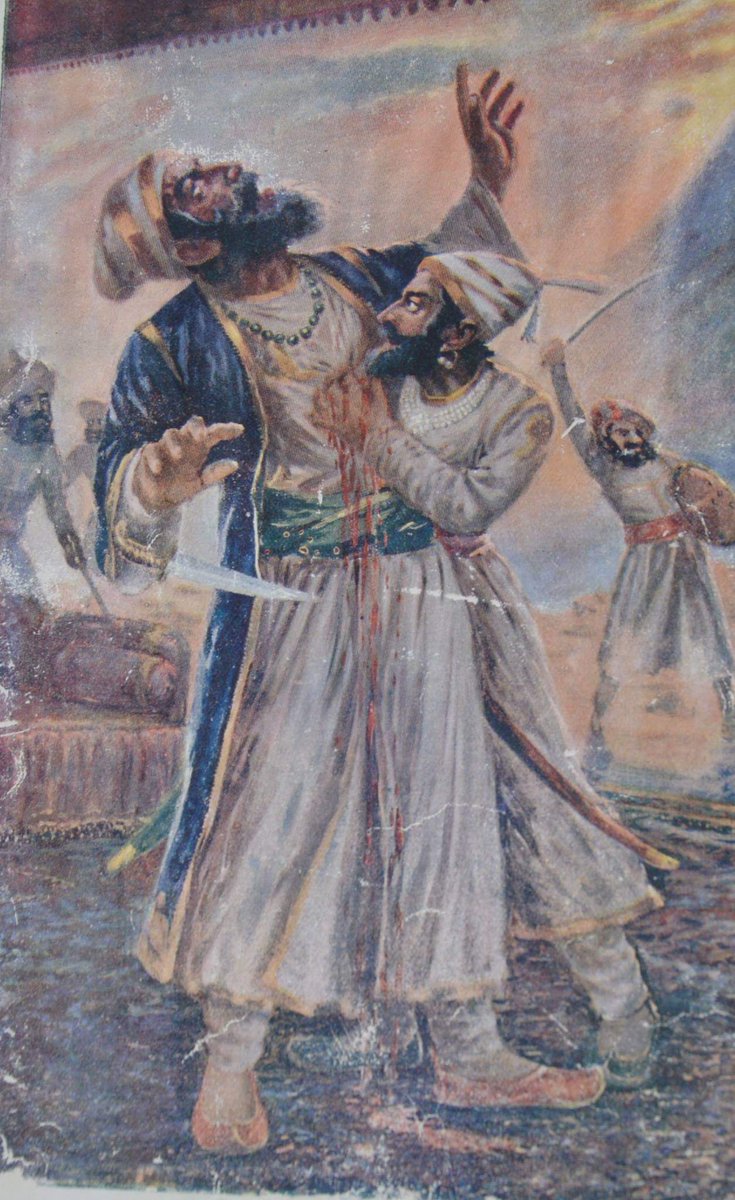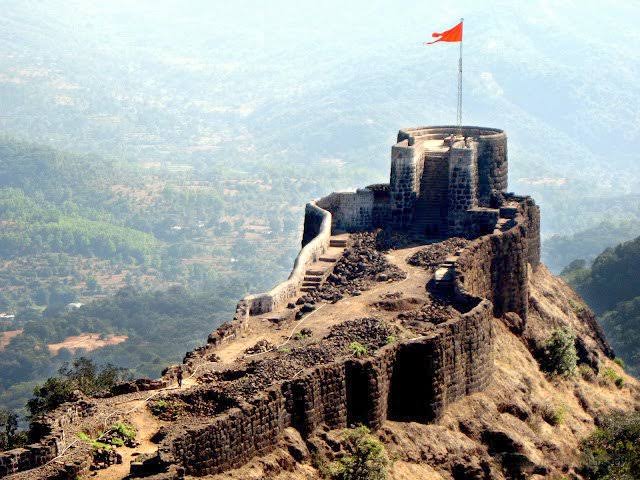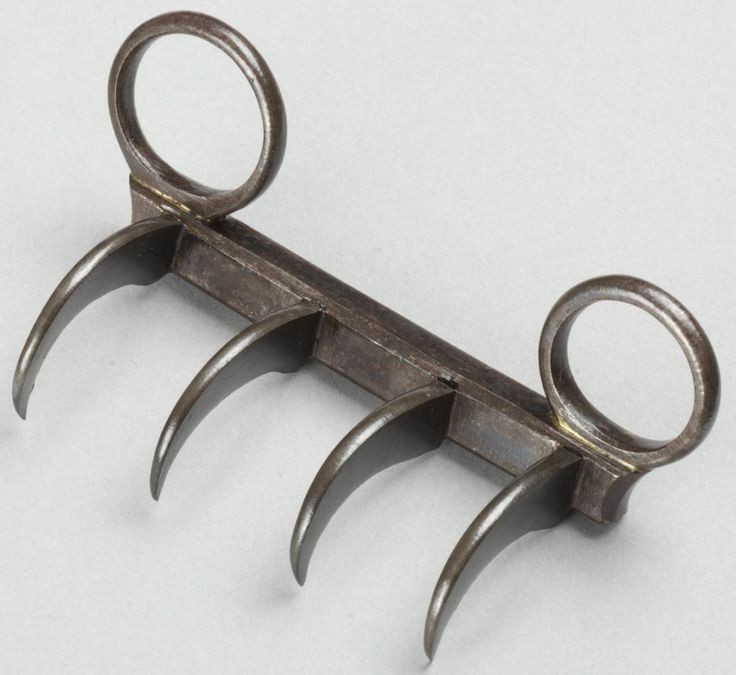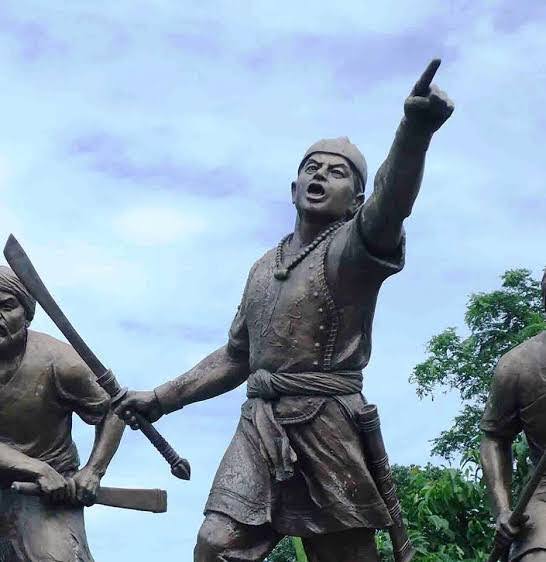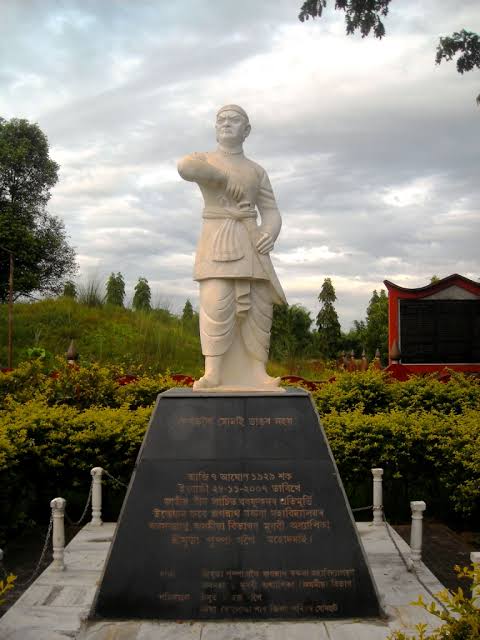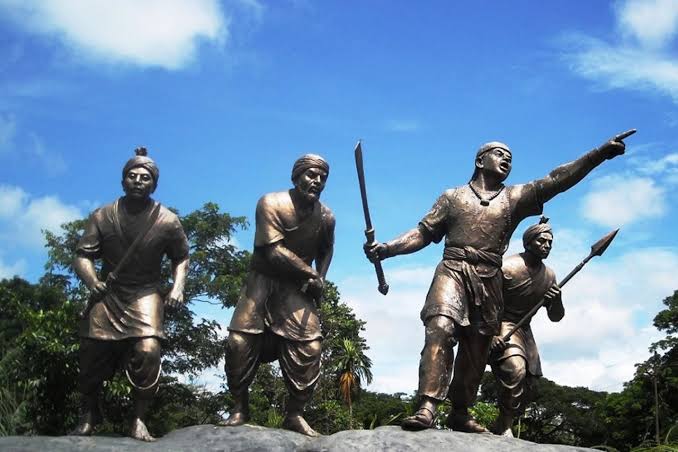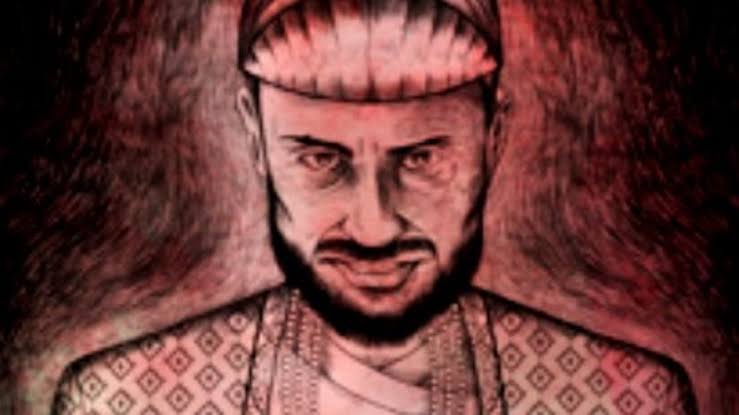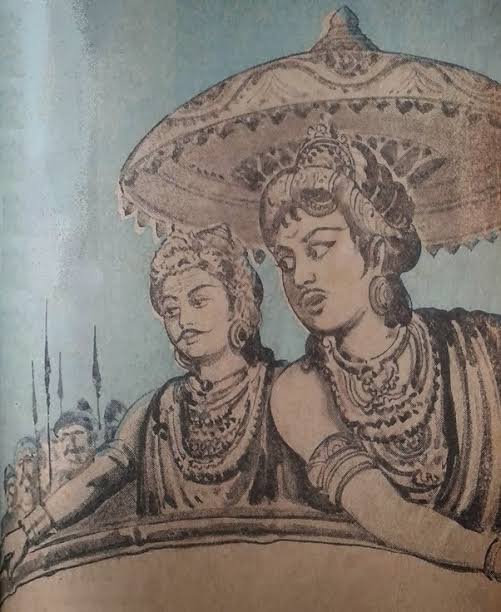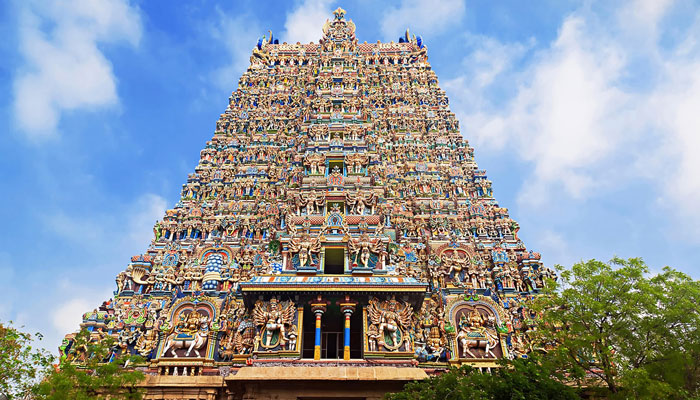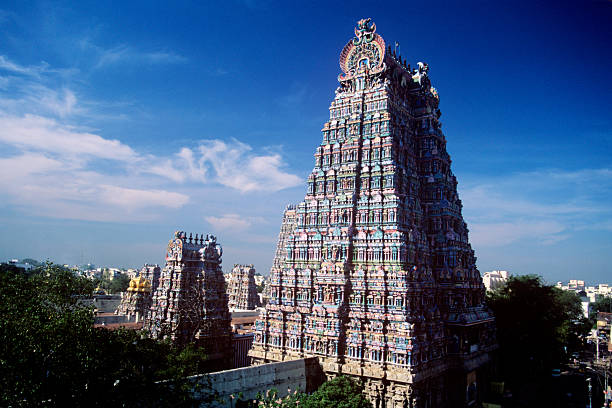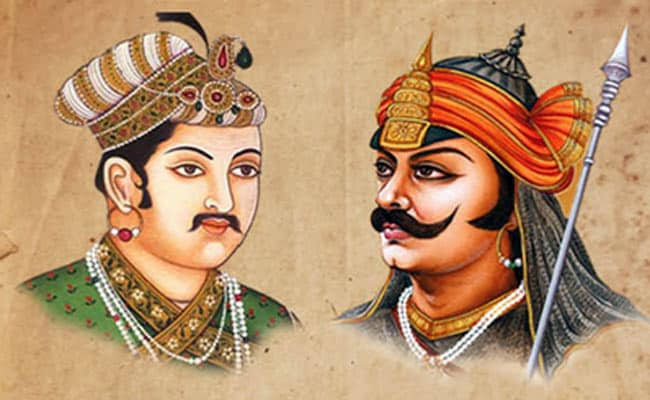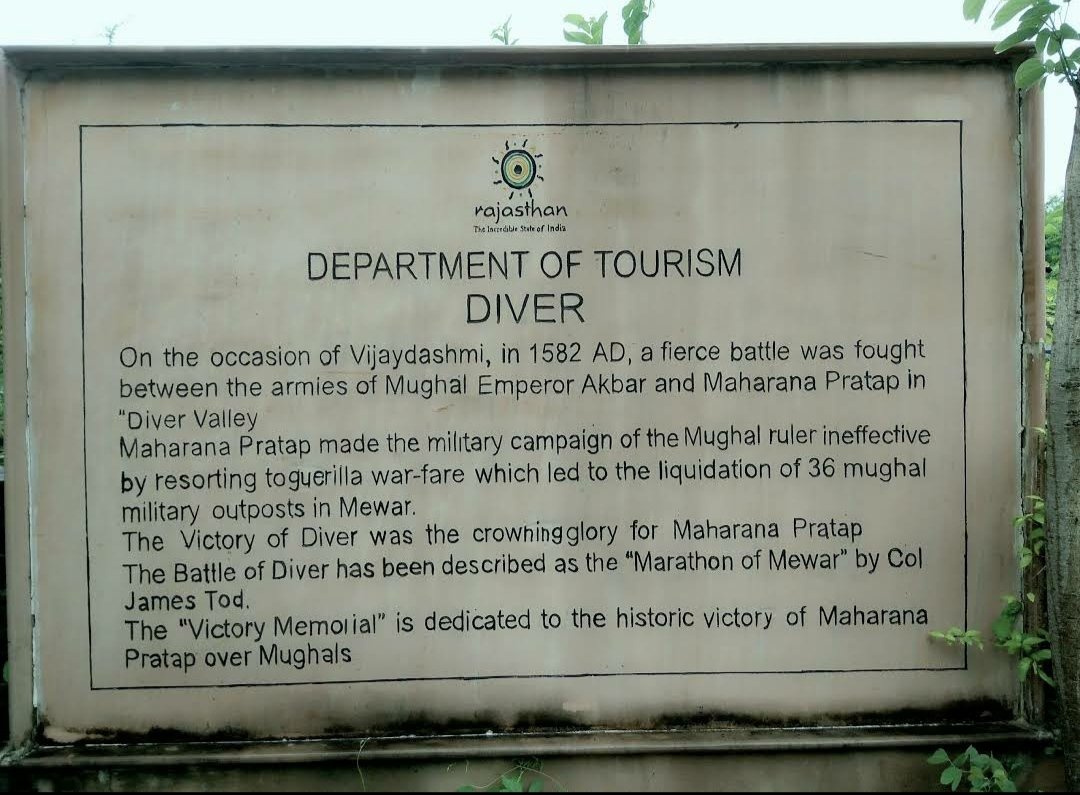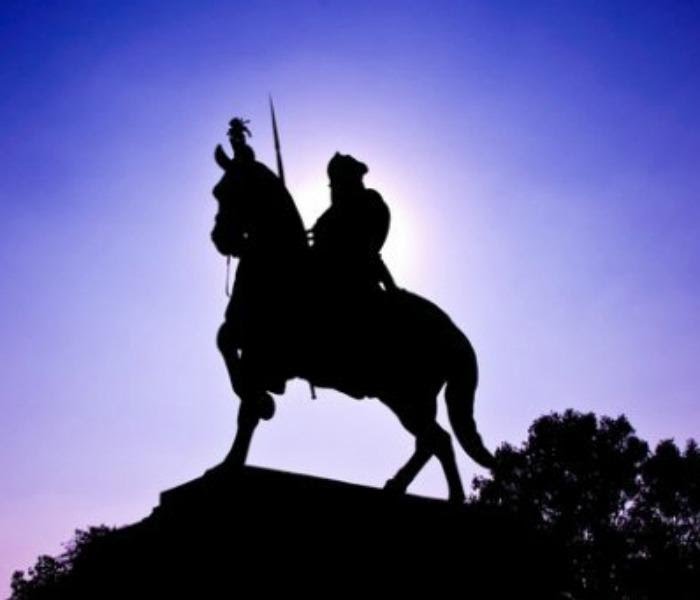
Lord Shiva's Timeless Form "THE NATARAJA"
आंगिकम भुवनम यस्य
वाचिकं सर्व वाङ्ग्मयम
आहार्यं चन्द्र ताराधि
तं नुमः सात्विकं शिवम्
We bow to Lord Shiva, whose body is the whole universe, whose speech is the entire world’s languages and whose ornaments are the moon and stars.
Thread



आंगिकम भुवनम यस्य
वाचिकं सर्व वाङ्ग्मयम
आहार्यं चन्द्र ताराधि
तं नुमः सात्विकं शिवम्
We bow to Lord Shiva, whose body is the whole universe, whose speech is the entire world’s languages and whose ornaments are the moon and stars.
Thread




The term 'Nataraja' means 'King of Dancers' (Sanskrit Nata=dance and Raja=king). Nataraja, the dancing form of lord Shiva, is a beautiful symbol of the union of nature and divine.(1)
Nataraja holds fire in one hand, representing the fire element. A damaru in his other depicting the space element. Many entities in the universe are represented by a shape similar to that of a damaru, like chromosomes, shapes of galaxies and so on.(2)
Time is also is said to have a conical representation. ∞ is the symbol (shape of damru) representing infinity.(3)
Shiva’s hair is open and flying representing the air element. One foot on ground symbolizes prithvi (earth element), another in the air. One hand is the symbolic "abhaya hasta" offering protection and the other points to his feet symbolizing surrender.(4)
Underneath his feet, there is Apasmaar (the demon symbolizing desires). He is standing with his foot on top of desires. Only when we rise above desires and we are dancing on it, then it is a dance of bliss.(5)
A snake uncoils from his lower right forearm, signifying a victory over ego while the Abhaya mudra (fearlessness) suggests not to fear evil as one follows the path of dharma.(6)
The lower left hand is bent downwards at the wrist with the palm facing inward. Also this arm crosses lord's chest, concealing his heart from view. It represents tirodhana, which means concealment. He is concealed but everywhere.(7)
The face shows 2 eyes plus a slightly open third on the forehead. The eyes represent the sun, the moon and the third has been interpreted as the inner eye, or symbol of knowledge (jnana), urging devotees to seek self realization.(8)
The 3 eyes also symbolize an equilibrium of the 3 gunas of life namely Sattva, Rajas and Tamas. That is purity, activity and darkness.(9)
His headress depicts a skull meaning mortality and maa ganga is seated in his keshas.(10)
The oval ring around the figure of Nataraja represents the cosmic fire he uses to destroy the universe as part of the cycle of destruction and creation. Each flame has 3 points.(11)
This cosmic dance of Shiva is called 'Anandatandava,' meaning the dance of bliss symbolizing the cosmic cycles of creation and destruction, as well as the daily rhythm of birth and death.(12)
The dance of Shiva also represents his 5 roles of 'Srishti' (creation, evolution), 'Stithi' (preservation, support), 'Samhaar' (destruction, evolution), 'Tirobhaav' (illusion) and 'Anugraha' (release, emancipation, grace).(13)
Physicist Fritzof Capra in his article "The Dance of Shiva: The Hindu View of Matter in the Light of Modern Physics," and later in his book "The Tao of Physics" relates Nataraj's dance with modern physics.(14)
He says that every subatomic particle not only performs an energy dance but also is an energy dance. A pulsating process of endless creation and destruction.(15)
In modern physics, Shiva's dance is the dance of subatomic matter. As in Hindu religion, it is a continuous dance of creation and destruction involving the whole cosmos. The basis of all existence and natural phenomena.(16)
• • •
Missing some Tweet in this thread? You can try to
force a refresh

